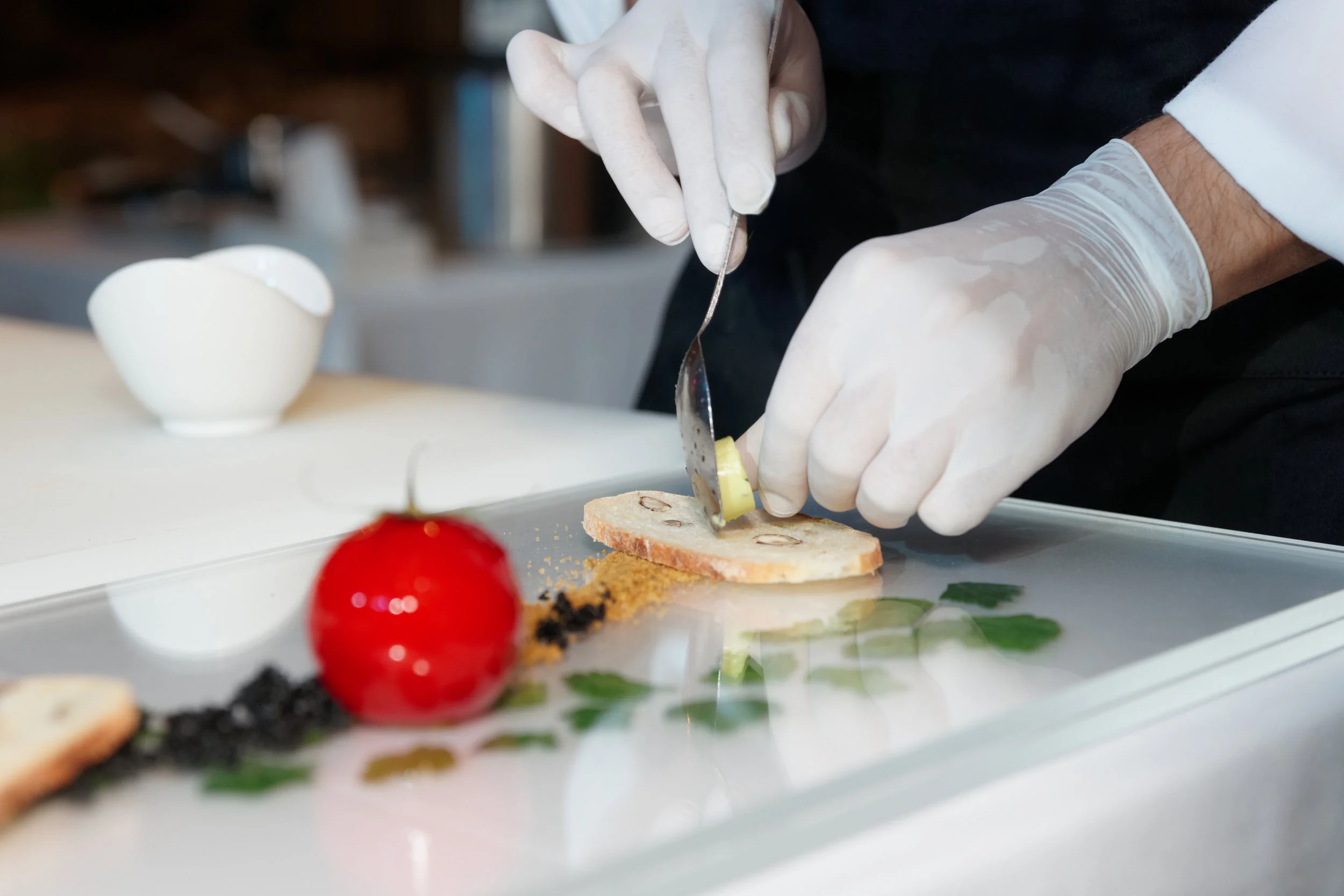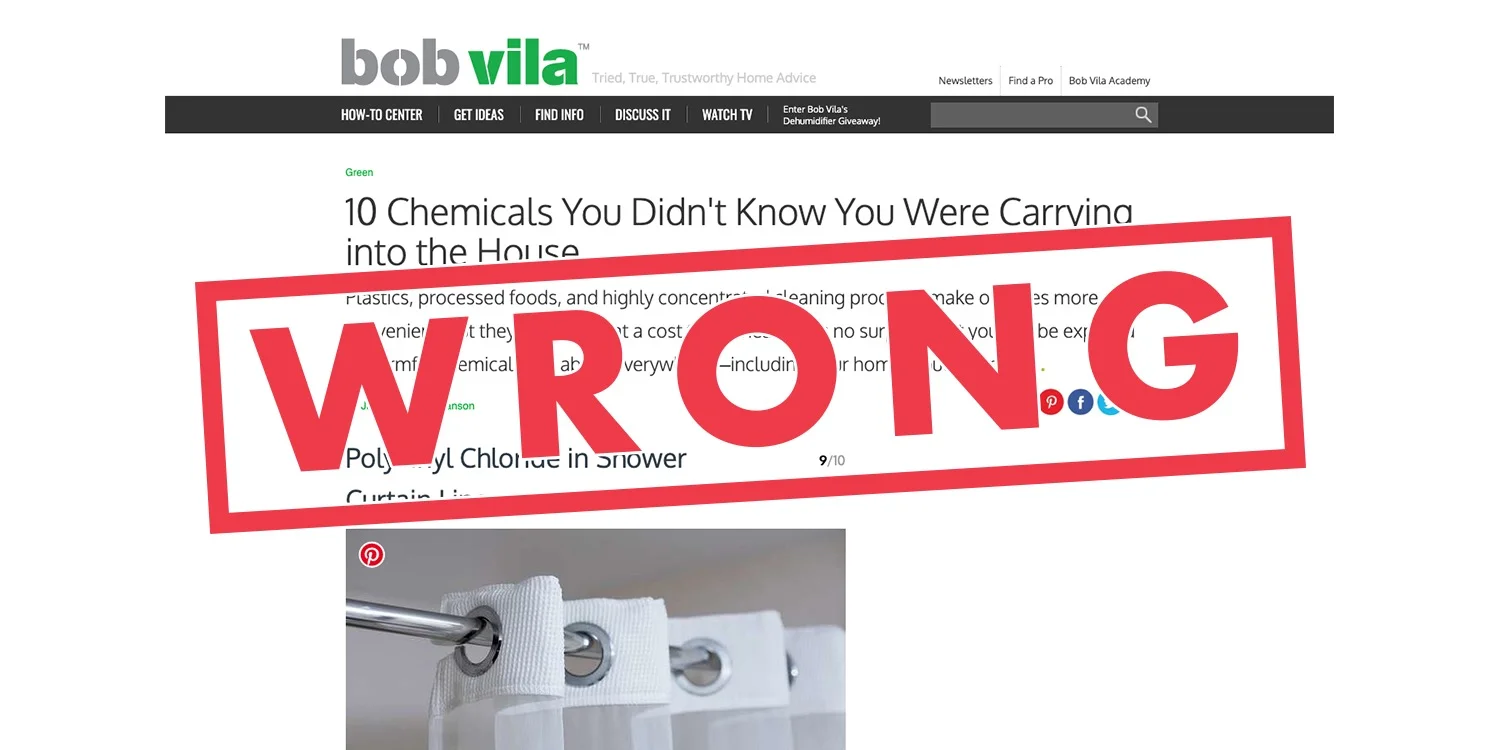It’s unusual when a writer correctly addresses the benefits of vinyl material -- then publishes a slew of deceptive attacks against vinyl flooring just a few months later.
But when that same writer runs a business specializing in a competing flooring material, the dots start to connect.
In a May 2019 article, Joseph Lewitin, a guest writer for the home improvement site “The Spruce,” penned a glowing review of the many qualities that make vinyl flooring an excellent option for homeowners:
“Vinyl flooring is a durable and resilient material that is both stain- and water-resistant, but perhaps the real draw is its versatility. Vinyl comes in tiles, sheets, and planks and can be printed with an almost endless array of colors, patterns, and textures. It can look like natural materials or contain complex geometric patterns with a range of vibrant, eye-catching colors.”
He continued:
“Vinyl flooring can be manufactured to closely resemble any of a number of natural materials. … The faux wood has a rich golden hue that pairs pleasantly with the white cabinets and the hardwood furnishings in the space. The flooring combines the visual appeal of hardwood with the durability and easy maintenance of vinyl. … Vinyl is ideal for mimicking traditional tile work, such as tessellation or Victorian motifs. The color combinations are almost endless, and the details are as fine as those of hand-laid tiles, all in a material that you can install yourself.”
So we were admittedly confused when he changed his tune a few months later in an August 2019 article in the same outlet titled “The Environmental Impact of Vinyl Flooring.” In it, Mr. Lewitin repeats many of the same irresponsible claims about vinyl flooring that agenda-driven opponents of the material have perpetuated for years. We’ll be specific:
He portrays the PVC manufacturing process as a major producer of dioxin -- he’s wrong. Based on the 2017 EPA Toxic Release Inventory Data, chlor-vinyl dioxin emissions to air and water is 5% of all regulated sources of dioxin. Unregulated sources, such as uncontrolled burning like forest fires account for the majority of dioxin emissions in the U.S. In fact, residential wood burning has been estimated to be double the amount of dioxin emissions to air from PVC resin production.
He incites baseless fear and hysteria over phthalates in vinyl floors -- but neglects to mention no credible science exists that remotely suggests these additives create any negative impact on human health.
He stokes alarmism by claiming the storage facilities for chlorine used to make PVC could be exploited by terrorists -- but he omits that these plants have dramatically improved their security procedures and work closely with the Department of Homeland Security to prevent such an event.
He claims vinyl flooring emits volatile organic compounds (VOC) -- but neglects to mention that vinyl flooring products are low emitters and that manufacturers certify their products to the very stringent California VOC emissions standard.
He singles out emissions of vinyl flooring in house fires, but he fails to note that all materials -- including wood -- emit harmful chemicals in the event of an accidental fire.
He insinuates that asbestos is used in adhesives for vinyl tile installation -- he’s wrong (again). Asbestos formerly used in one type of adhesive has not been used in the last 35 years.
He misrepresents vinyl flooring tile’s environmental qualities. He makes broad, baseless claims to vinyl flooring’s composition, recyclability and disposal. But the material’s superior durability and longevity minimize energy use by requiring fewer repairs and avoiding frequent replacement when compared to other flooring materials.
This brings us to an important question: Why did Mr. Lewitin make a sudden 180° on vinyl flooring? The Spruce points out that Mr. Lewitin “started his own business specializing in stone flooring,” which is a direct competitor to vinyl flooring. And with vinyl flooring increasing in popularity everywhere, perhaps he realized that scaring the public with deceptive claims about competing materials -- instead of conveying the facts -- is a more effective business strategy. Readers are also right to wonder why the editors at The Spruce didn’t pick up on Mr. Lewitin’s turnabout on vinyl flooring -- and published his piece filled with misleading characterizations about vinyl material despite the possible conflict of interest.
Vinyl flooring is one of the safest, most durable, resilient and versatile products on the market today. Readers deserve to have the facts on flooring issues -- not competitively-motivated views disguised as independent commentary.














